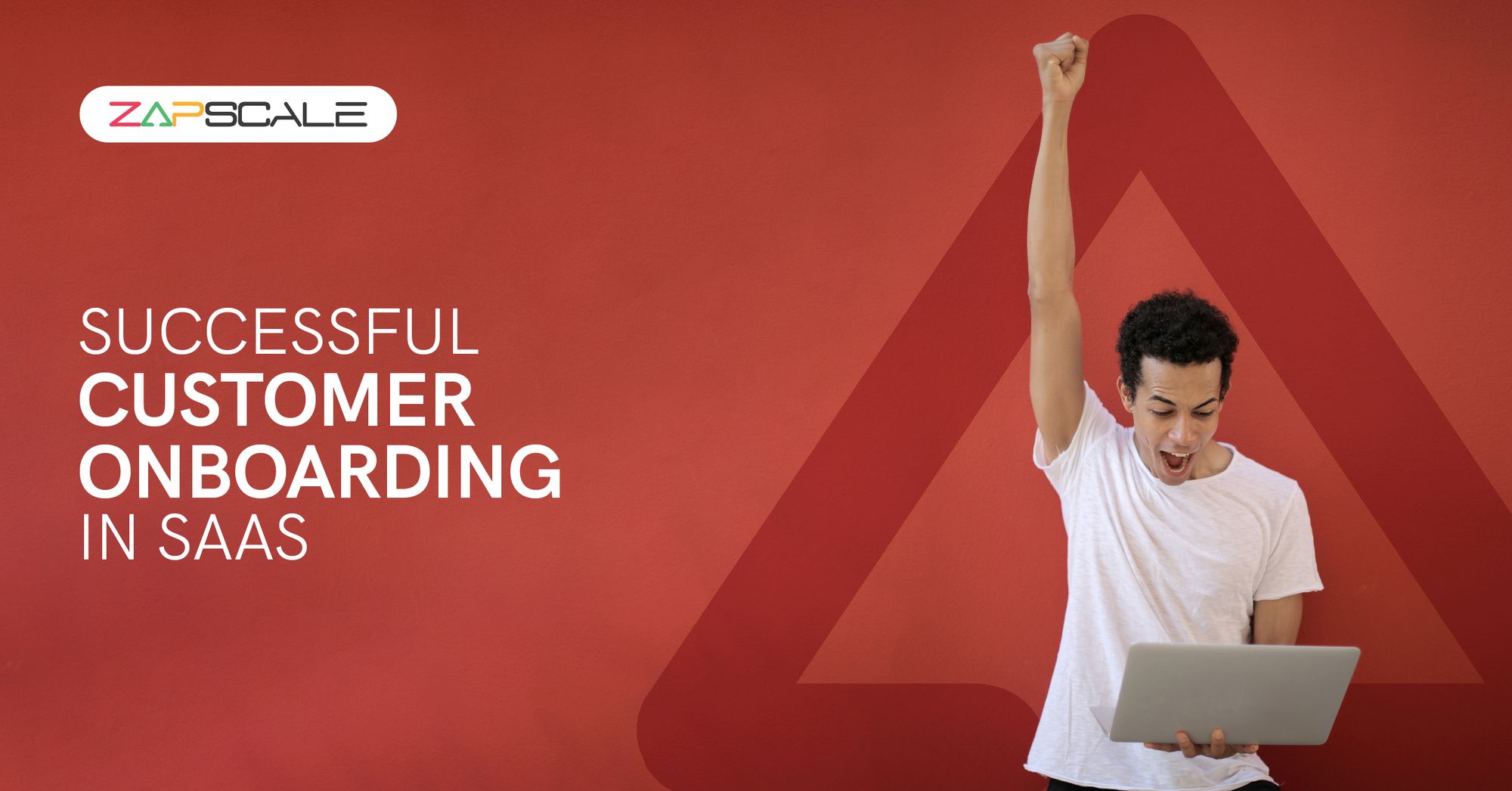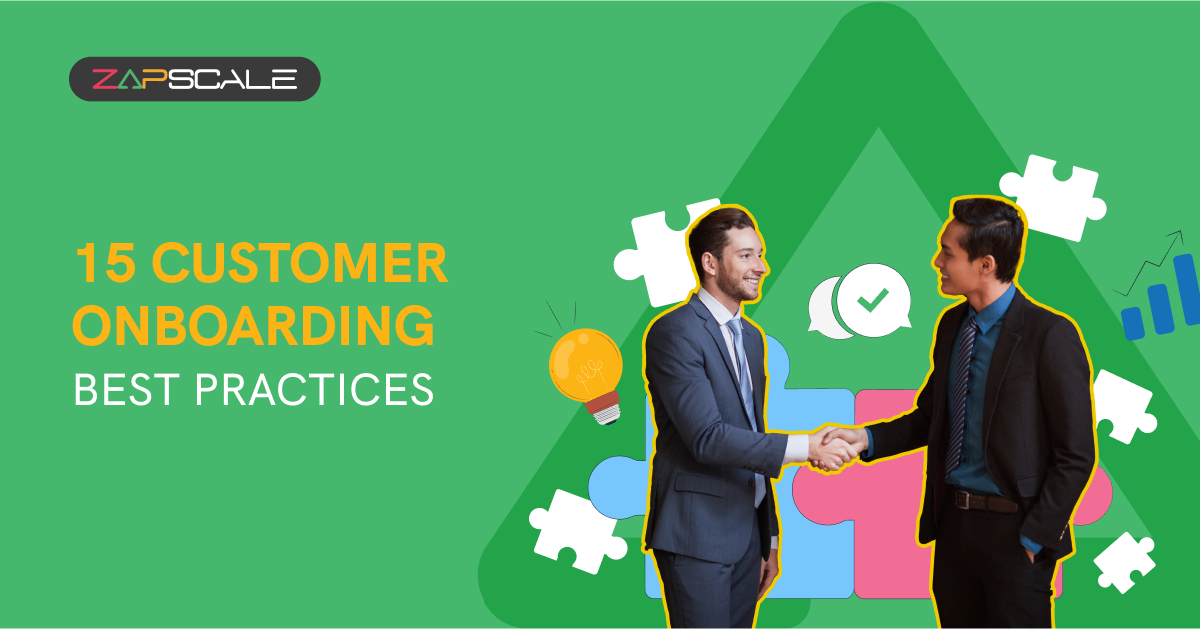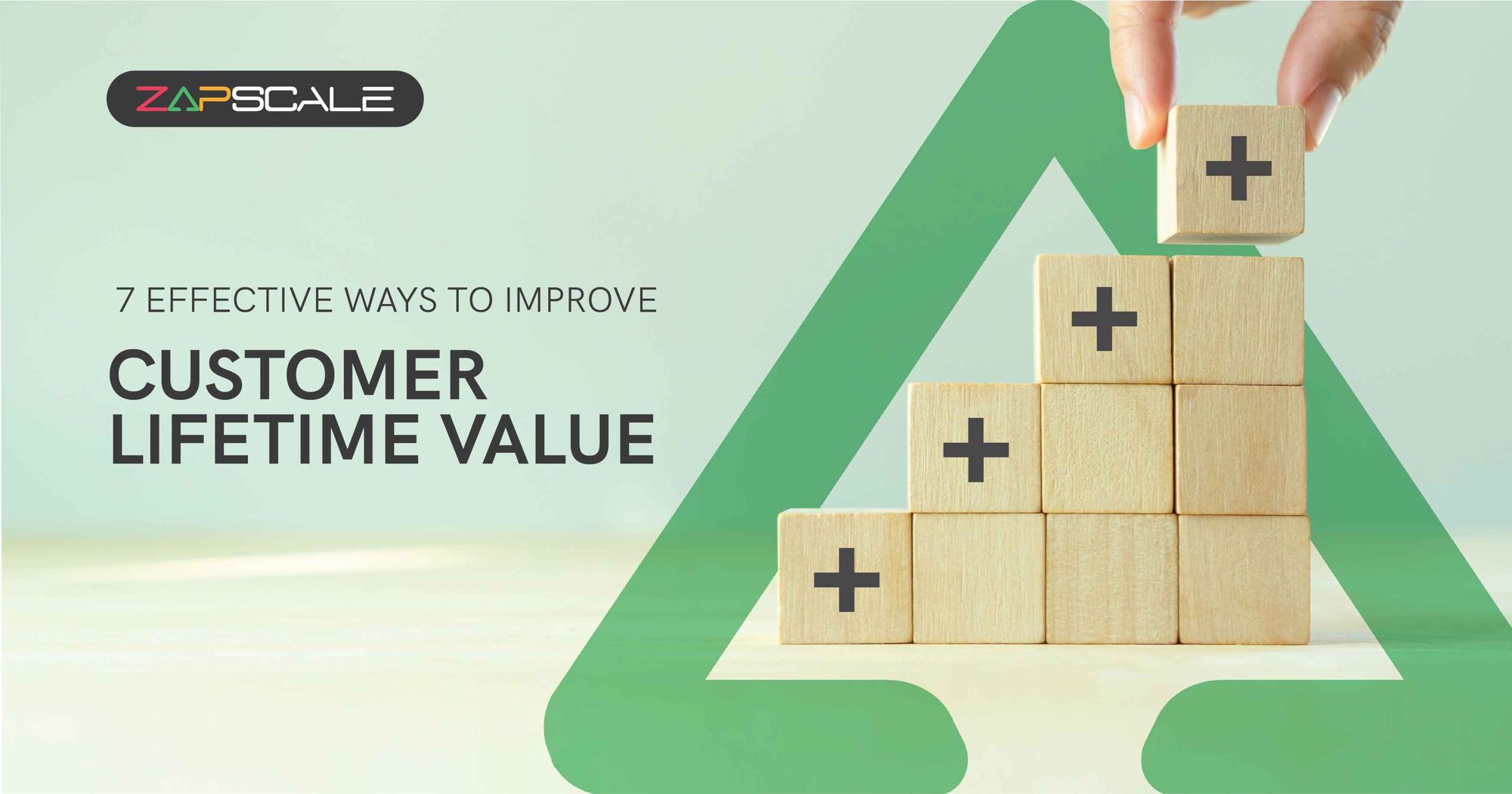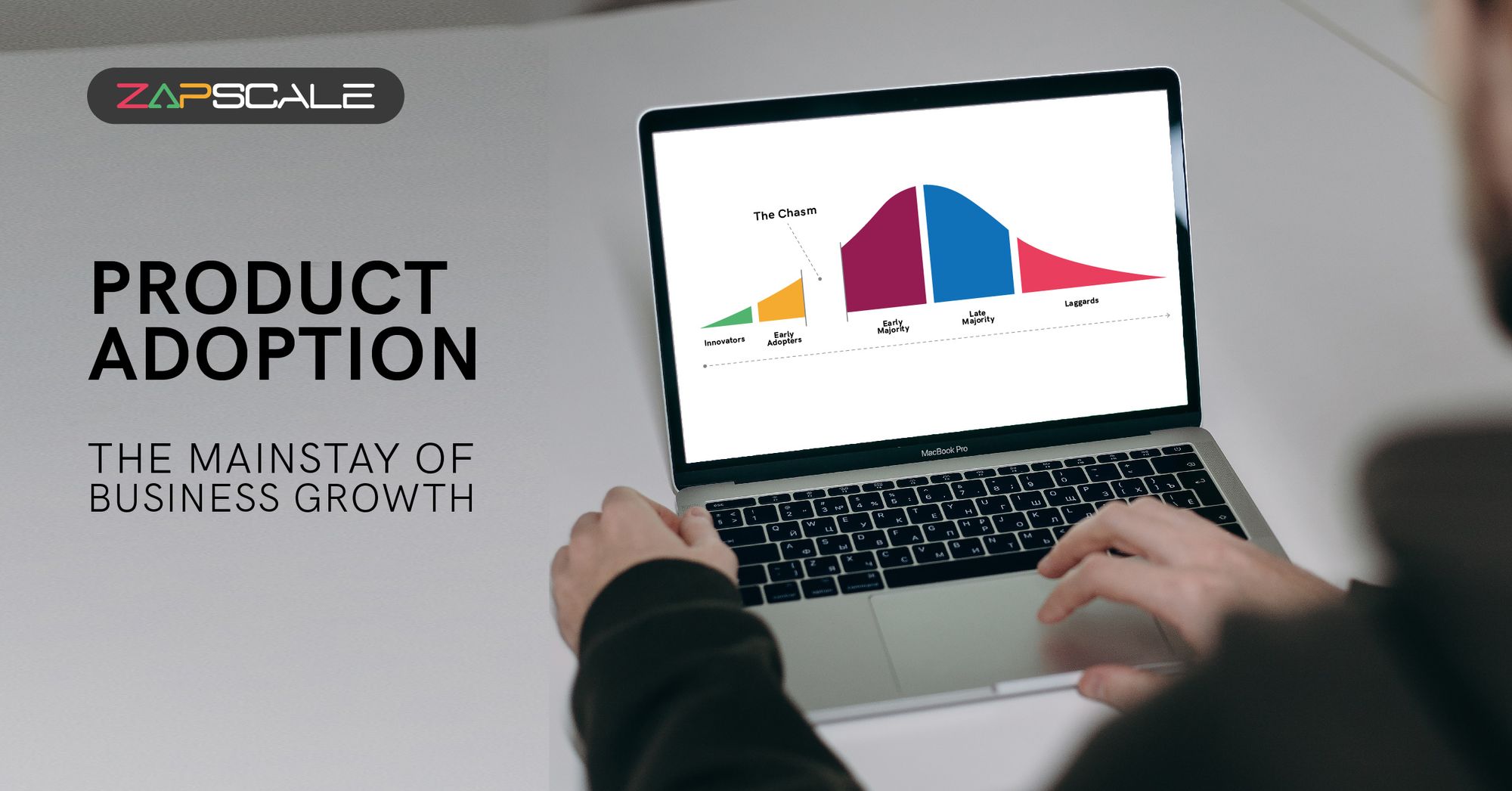CATEGORY > Customer Onboarding
Customer Onboarding: Steps, Examples, and Best Practices for SaaS

For any SaaS product, it is key that the onboarding experience after the sale is closed, is dealt with utmost care. It is the first touch point, if not already given a trial period, the client will have with your product/tool. Customer Success (CS) platforms enable this journey to then be seamless. Let’s read on to understand how we can build a simple yet impactful onboarding experience for customers to not get overwhelmed with technology – you can’t do away with this, and that’s a given!
What Is Customer Onboarding?
From the time a sale is closed and internally handed over (from the Sales to CS teams) to when the customer has access to your platform and starts the adoption process would be a simple way to define the onboarding process.
Why Is Customer Onboarding Important?
Goes without saying, that the customer will be lost if no handholding is done for them to use a platform effectively and efficiently. It’s like laying the foundation for the building i.e., the adoption, retention, and delight of your customers!
Benefits of a successful SaaS customer onboarding
1. It is the start of building trust with your customer
A good onboarding experience ensures that your customer feels ready to adopt your software. By the end of it, they are your advocates and not worried about getting started.
2. It is the time when your product speaks for itself
With a timely and precise training module to cover all bases of your SaaS product, the induction to the hows and whys is when your tool can speak for itself. Hence it is also key to ensure that the product is ever-evolving and is guided and self-intuitive. In my previous blog, I covered the importance of how collaboration between the Product and CS teams helps ease this process in the long run.
3. It is the time you get to know your customers and their long-term objectives
A good onboarding experience includes a kick-off call that includes:
A. A handover from Sales to CS teams (internally and externally)
B. Introducing the teams i.e. your CS team, any product/operations team member that might be involved, and POCs from the customer’s end who you will be interacting with regularly.
This is a good time to connect to see if both parties are on the same page – clarify broad-level objectives if required. Understand their long-term goals and include the same in your training modules going forward, the customer will feel heard and comforted – that you have their back!
CS more often than not is not the technical resolution or support that is given, it is the ongoing assurance a customer receives, post which they feel confident about themselves using the tool. The onboarding experience then evolves to become an enabling experience.
Key Steps To Ensure A Desirable Customer Onboarding Experience
A. Kick-off call
As mentioned above, this is the step where you first get all teams involved in interacting with each other.
You can structure these calls broadly as follows:
1. Sales Handover
To the CS team.
2. Team Introductions
The CS team introduces the CSM who will be working on the account and any key stakeholders from the CS team if present. Along with any product/operations team member who would be working closely in enabling the customer to get on board.
3. Align On Deliverables
With the Sales team present it is good to clarify what the customer has signed up for, the cause for most back and forth is usually this gap, which can be avoided with straightforward communication about what is included as part of this customer’s onboarding.
4. Setup Time For Onboarding Sessions
Ensure a smooth onboarding experience by reducing setup time and providing comprehensive support to new customers, ensuring they transition effortlessly into using the platform.
5. Conclude The Kick-Off Call
Followed by minutes and a key deliverable that you will be working on in the next 30-45-60 days! Helps you get directions and helps the customer.
B. Onboarding/Training Sessions
This is where your customer is familiarized with the product and how this is going to help make their work day easier. You could structure your training/demo sessions as follows:
1. Include the key members from the customer’s side who are going to use the product daily.
2. Ensure that the CS team member who is giving the demo is 100% product-ready
3. A detailed walkthrough of the product along with a Q&A session if required
4. Set up working sessions where you can empower your customers and convert them into your advocates gradually. Working sessions in essence help in instilling confidence in customers that – they got this.
C. Weekly cadence calls
Help with checking in on your customer and you could use this opportunity to share product updates, gather feature requests, and outline the progress and next steps as required.
D. Monthly check-ins
The end goal of any CSM is to ensure the health of each account is good and this happens when onboarding is not considered a one-time but more of an ongoing process.
Monthly check-ins with primary users and executive decision-makers:
1. Help gather feedback for the product
2. This platform can be used to share the product roadmap and what lies ahead to keep your customers informed. Being transparent and direct always helps
E. EBR’s – Executive Business Reviews
- Usually conducted when the mutually decided succession plan comes to a close. An example of a good plan to set out, in the beginning, could look something like this:

2. EBRs help the customer understand key metrics like adoption rate, utilization data, if low what steps need to be taken, feature request updates, and so on. This helps both entities involved to know where they stand when it comes to product adoption, which truly is the essence of a good CS experience.
What Are Some Key Elements In Customer Onboarding Process?
Customer onboarding is the process of guiding new customers through the initial stages of using a product or service, ensuring that they have a positive experience and quickly realize the product’s value. This involves a series of steps and interactions designed to help customers understand, engage with, and become successful using the product.
Some key elements of a successful customer onboarding process include:
1. Welcome Communication
Sending a warm welcome message or email to introduce the customer to the brand and set the tone for the relationship.
2. Account Setup
Assisting customers in setting up their accounts, including creating usernames, passwords, and any necessary profiles.
3. Product Training
Providing training resources such as tutorials, guides, documentation, webinars, or one-on-one training sessions to educate customers on how to use the product or service.
4. Customer Support
Ensuring easy access to customer support through various channels such as email, chat, or phone, to address any issue or concern that may arise.
5. Follow-Up Communications
Checking in on your customers’ progress, addressing any challenges, and offering additional support if needed.
What Are The Customer Onboarding Metrics?
To measure the effectiveness of the onboarding process, track metrics such as:
1. Time-To-Value
The time it takes for a customer to realize the product’s value.
2. Product Adoption Rate
The rate at which the customers start using key features of the product.
3. Customer Retention Rate
This signifies the percentage of customers who continue using the product.
4. Customer Satisfaction Score (CSAT)
This signifies the customers’ satisfaction rate with their onboarding experience.
How Can It Help In Customer Success?
In essence, you can never really stop onboarding a customer! Yes, you read that right.
As we stay in contact with our customers through their entire lifecycle, we understand that this is an ever-evolving journey that might include SPOCs changing, new feature launching, and continuous monitoring, which calls for a reliable CS tool that captures all this information in a manner that helps make this on-going journey a smooth ride – internally and externally.
FAQs
1. How can personalized welcome emails enhance customer onboarding?
Personalized welcome emails make new customers feel valued and engaged from the start. By addressing customers by their names and highlighting relevant features and resources based on their signup information, these personalized emails provide a tailored introduction that helps customers understand how to use the platform effectively right away.
2. What are the benefits of interactive platform tours during onboarding?
Interactive platform tours simplify the learning process by guiding customers through key features step-by-step. Through pop-up tooltips, animation, and interactive elements, these tours ensure that customers understand the platforms functionality quickly and can start using it confidently without feeling overwhelmed by the information.
3. How does a dedicated onboarding specialist improve the onboarding experience for the customer?
A dedicated onboarding specialist offers personalized support to customers. They conduct tailored video sessions, assist with platform setup, and provide expert advice. This hands-on approach ensures a smooth transition onto the platform, addresses specific business needs, and maximizes the benefits of the product for the organization.
ABOUT THE AUTHOR
Popular from Customer Onboarding
Quality Content,
Straight To Your Inbox!
Subscribe for the latest blogs, podcasts, webinars, and events!

Write a Blog
If you have experience in CS and
a flair for writing, we’d love to
feature you.
Write to us on
hello@zapscale.com





